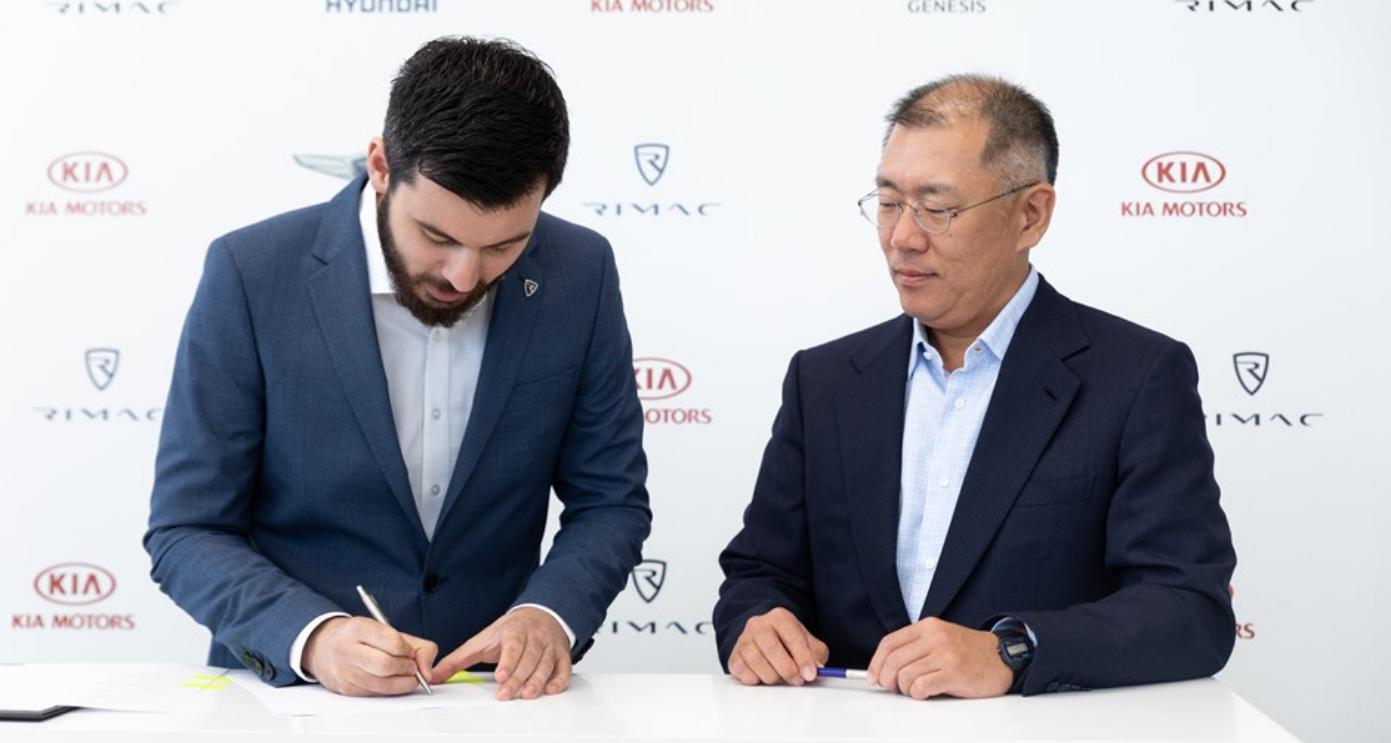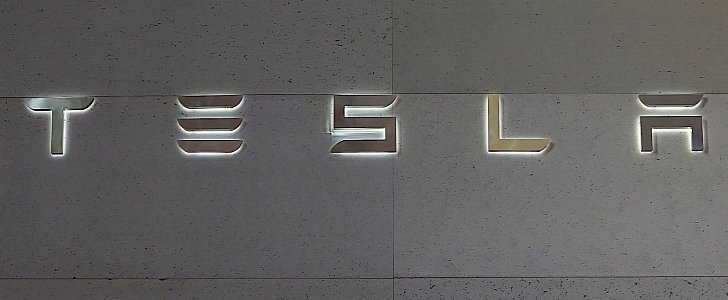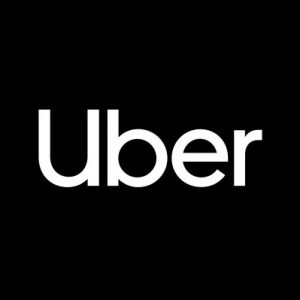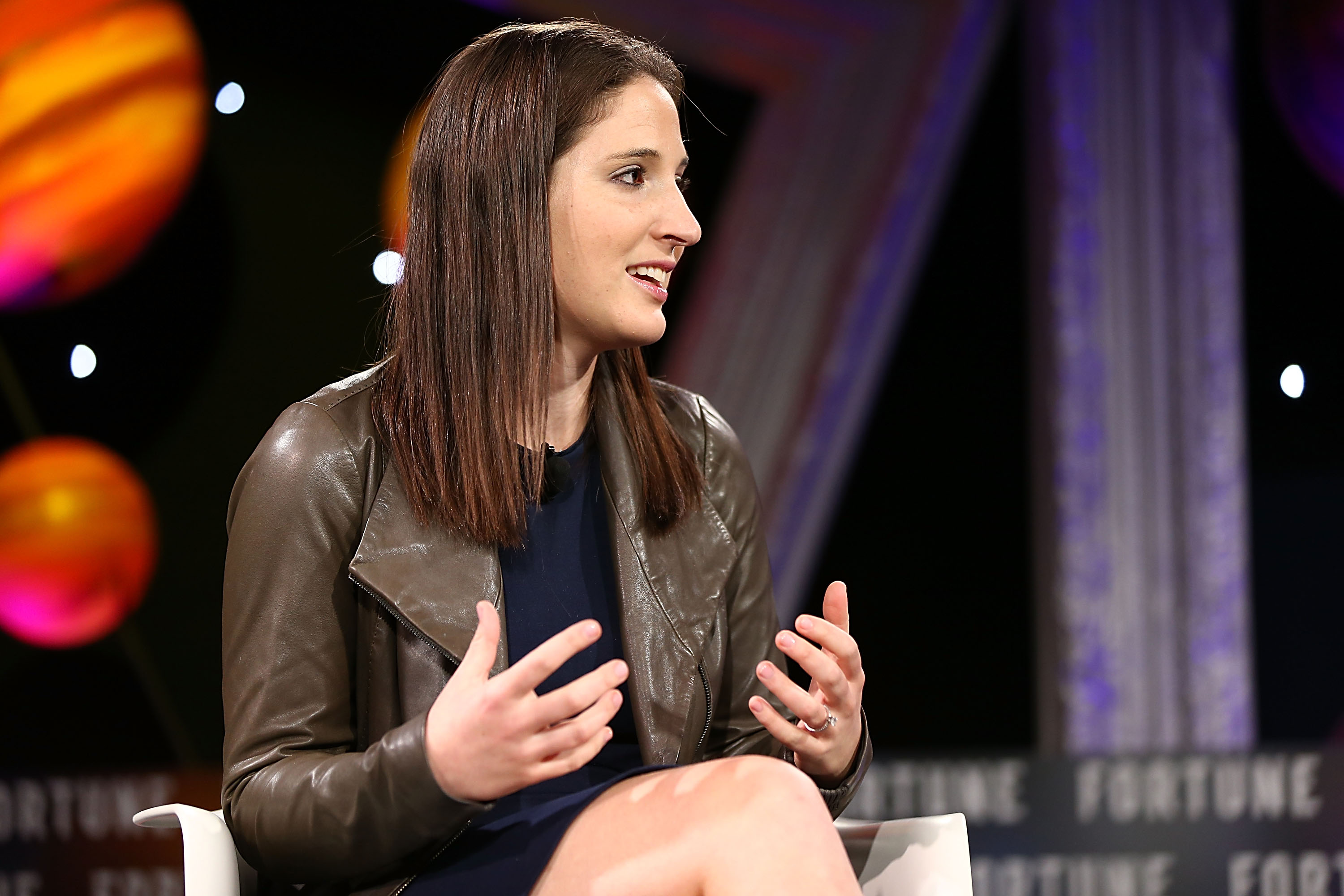Rimac Automobili, the European EV startup that landed an investment from Porsche last year, has again gained the backing of traditional automakers after Hyundai Motor Company and Kia Motors jointly invested €80 million, or around $90 million. Beyond the significant cash infusion, the three parties said the deal includes “a strategic partnership to collaborate on… Continue reading EV startup Rimac scores $90M investment from Hyundai and Kia
Tag: Uber
India’s largest mobile wallet company Paytm now offers a credit card
Paytm, India’s largest mobile wallet app, has branched out to several businesses in recent years as threat from Google and Facebook grows. On Tuesday, it added another category to the list: credit cards. The firm, operated by One97 Communications, today unveiled Paytm First Credit Card with lofty benefits as it races to bulk up its… Continue reading India’s largest mobile wallet company Paytm now offers a credit card
VOI makes European push in crowded electric scooter-sharing market
FILE PHOTO: A man rides an electric scooter in Madrid, Spain, December 4, 2018. REUTERS/Susana Vera/File Photo STOCKHOLM (Reuters) – Sweden’s VOI Technology plans to put a new fleet of thousands of electric scooters on European streets this summer to fend off competition in an increasingly crowded market. U.S. tech giants Uber and Alphabet are… Continue reading VOI makes European push in crowded electric scooter-sharing market
Uber prices IPO at $45 per share, toward the low end of range
VIDEO3:3403:34Needs to be path to profitability to go publicPower LunchUber priced its IPO at $45 per share Thursday, toward the low end of its stated range.
At the IPO price of $45 per share, the company will be valued on a non-diluted basis at about $75.46 billion, which will put the stock's market cap right around the size of Caterpillar's and make it one of the most valuable companies ever to go public. On a fully diluted basis, Uber has an implied market valuation of $82.4 billion.
Early reports suggested Uber was seeking a valuation of up to $120 billion. Its expected rangewas between$44 and $50 per share, according to a filing last month.
The company is offering 180 million shares of common stock, which means it could raise around $8.1 billion on Friday, with an option for underwriters to buy an additional 27 million shares.
A ride-hailing pioneer and Silicon Valley darling, Uber made on-demand transportation a new norm throughout the world, while accumulating massive losses and controversy along the way.
In 2018, Uber's revenue reached $11.3 billion for the year, up 43% from 2017, while reporting adjusted losses of $1.8 billion, an improvement over losses of $2.6 billion in 2017, according to its IPO filing. The company has never turned a profit.
To cover these losses and fund its rapid expansion, the company raised more than $24 billion from a wide range of investors since its founding a decade ago, according to Crunchbase. Investors have included traditional VC firms like Benchmark, and companies with interests in transportation like Alphabet and Toyota. Its biggest shareholder is Japanese tech conglomerate SoftBank, which invested more than $8 billion through its Vision Fund and owns 16.3% of the company pre-IPO.
“Uber is a great reminder to venture capitalists that the biggest opportunities lie in our most common needs as humans,” said Shawn Carolan, an early Uber investor and partner at Menlo Ventures. “When a start-up presents, look beyond the current product, which often feels trivial, to the underlying need being served. An on-demand black car service was easy to dismiss, but nearly everyone needs transportation.”
At Uber, CEO Dara Khosrowshahi replaced co-founder Travis Kalanick in 2017 after myriad missteps for the company. Kalanick's ouster was preceded by revelations about unchecked sexism within Uber's ranks, and a high-stakes lawsuit over trade secrets from Waymo, Alphabet's self-driving car business.
While Khosrowshahi is working to restore Uber's reputation, the company faced driver strikes in major cities this week leading up to the IPO.
Personal mobility remains Uber's core business. Its ride-hailing services reach into 63 countries and more than 700 cities. But its ambitions and revenue streams have diversified into bike and scooter rentals, food delivery and freight. Uber is also developing air taxis and driverless car technology, among other things.
Uber is engaged in an intense pricing battle with its chief competitor in the U.S., Lyft, as the companies try to attract and retain riders with low fares, while paying drivers just enough to keep them on the platform. Lyft went public in late March. Its stock has fallen more than 25% since its IPO.
The companyplans to list on Friday with the ticker UBER.
CNBC's Leslie Picker contributed to this article.
Clarification: Uber priced its IPO at $45 per share on Thursday, toward the low end of its stated range. The relation of the price to the stated range was unclear in an earlier version of this article.
Tesla Bleeds Money Again Despite EV Hype
autoevolution
cars
moto
news
car reviews
spyshots
driven cars
space junk
green
newspaper
Compare Cars
BAC Calculator
Editorial
Coverstory
Motorsport
Testdrives archive
Auto Shows
Tuning
Car Finder
Photo of the Day
Glossary of automotive terms
Masthead
RSS Feeds
More on this:1 After Flamethrowers and Teslaquila, Elon Musk Will Make Electric Leaf Blowers2 Tesla Updates Model S and X with Increased Range, New Suspension and More3 Video of Full Self-Diving Tesla Shows How Boring the Entire Experience Can Be4 Elon Musk Announces Gigantic Uber-Like Service with Self-Driving Cars5 Tesla to Reveal Full Self-Driving Tech on Monday, April 22
Space Junk
Dusty InSight Shows Up in Martian Selfie
Tesla Bleeds Money Again Despite EV Hype
25 Apr 2019, 9:44 UTC ·
by Daniel Patrascu
Home > News > Industry
It was a very busy week for the world’s iconic electric carmaker, Tesla. It started on a high note on Monday, with Elon Musk outlining plans for the future, but reached a dramatic climax as the financial results for the first quarter of the year were released on Wednesday.
7 photosIf we didn’t know better, we’d think Musk's presentation on the first day of the week was designed to soften the blow of a negative financial performance, by announcing a million autonomous cars on the roads next year. But on Wednesday, the company announced its financial proficiency for the first three months of the year, and it’s all dramatic.
In spite of the positive way in which the company came out of 2018, at the end of March 2019 Tesla posted a net loss of $702 million, including $188M of non-recurring charges, and exceeding some of the most pessimistic expectations of the market.
The loss, huge for a carmaker the size of Tesla, comes on the background of an increased production of cars. In the first quarter, there were some 63,000 electric cars made, a rise of 3 percent over the previous quarter and an encouraging sign the company might meet its 400,000 targets for this year.
The carmaker blames part of the loss in the past few months on dropping prices, the start of production overseas and the reduction of the tax credit.
“This required significant effort for Tesla and resulted in an inventory build for overseas markets at the front half of the quarter, with shipments loaded into the back half of the quarter,” the carmaker said according to Clean Technica.
“The last 10 days of the quarter, specifically, saw the bulk of the deliveries as Tesla pushed to unload the inventory it had built up in the front half of the quarter. Dropping prices in Q1 puts pressure on automotive margins. We need to work through this in Q2, impacting profitability.”
click to load Disqus comments for this storyThis enables Disqus, Inc. to process some of your data.
Smoke and Mirrors: Volvo's New Top Speed Limit
Let's Get Wet: A Simple Guide for Driving in the Rain
The Fascinating Unknown Cars of the 2019 Geneva Motor Show
Manipulated Into Liking Cars
The Dos and Don’ts of Washing a Motorcycle, Part One
2019 Formula 1 Round-Up: Cars, Drivers, Regulations
The Engine Start-Stop Systems Conspiracy
What Is the Green NCAP?
The Biggest Anticipations in Motorcycling for 2016, Part 1
Could Volkswagen Group's Electric Plans Include Ducati?
How the Aston Martin Aeroblade Works
Headwave TAG Helmet Music and Navigation System Reviewed
On Electric Harleys and New Generations
The Dos and Don’ts of Washing a Motorcycle, Part Two (Final)
Aprils Fools' Pranks We’d Love or Hate to See Come True
The Perversion of the Fast and the Furious
How to Use the Tesla Autopilot No-Confirmation Lane Change Option
Alfred Neubauer: the First “Don” of Motor Racing
Car, Go Make Me Some Money!
How Cadillac Super Cruise Hands-Free Driving System Works
Lamborghini: the Italian Supercar Dynasty That Was Created Out of Vengeance
TESLA MOTORS models:TESLA MOTORS Model Y CrossoverTESLA MOTORS Roadster Coupe CabrioTESLA MOTORS Model S LuxuryTESLA MOTORS Model 3 Medium PremiumTESLA MOTORS Model X Large SUVAll TESLA MOTORS models
googletag.cmd.push(function(){ window.slot4 = googletag.defineSlot(“/1004334/AE_news_300x600_noref”, [300, 600], “AE_news_300x600_noref__slot_4”).addService(googletag.pubads()); googletag.display(“AE_news_300x600_noref__slot_4”); });if(typeof window.REQUEST_NONPERS !== “undefined”) { console.log(“manref”); googletag.pubads().refresh([window.slot4]); } '+'ipt>';
if(i==3) txt+='googletag.cmd.push(function(){ window.slot5 = googletag.defineSlot(“/1004334/AE_news_300x250_noref”, [300, 250], “AE_news_300x250_noref__slot_5”).addService(googletag.pubads()); googletag.display(“AE_news_300x250_noref__slot_5”); });if(typeof window.REQUEST_NONPERS !== “undefined”) { console.log(“manref”); googletag.pubads().refresh([window.slot5]); } '+'ipt>';
}
txt+=””+
“”+
“”+data[i][0]+””+
“”+
“”+
“”+data[i][2]+”
“+
“”+
“”+
“”;
}
txt+=””;
$('#morescroll').html(txt);
nxloaderactive=false;
});
}
function aenext_lzy() {
$(window).on(“scroll”, function() {
if(nxstories!=false) return;
var footOffset = $(“#footer”).offset().top;
if($(window).scrollTop() > footOffset – $(window).height() – 600) aenext_load();
});
}
function aenews_fixoverlaps_actual() {
window.aeoverlapst=-1;
var $rsoc=$(“.rightsocial”).first();
if($rsoc.length!=0) {
var rsocofs=$rsoc.offset().top;
var $newsgal=$(“.newsgal”).first();
if($newsgal.length==0) return;
var ngofs=$newsgal.offset().top+$newsgal.height();
if(rsocofs
Uber CEO Thinks Elon Musk Is Way Off On Robotaxi Timeline
Ride-hailing chief thinks autonomous future is years off Uber has no plans in chasing Elon Musk’s timeframe for self-driving taxis, the CEO said Friday. Dara Khosrowshahi told CNBC that the ride-hailing company, which yesterday launched its initial public offering on the New York Stock Exchange, that it would take a slower approach to self-driving vehicles… Continue reading Uber CEO Thinks Elon Musk Is Way Off On Robotaxi Timeline
Equity Shot: Judging Uber’s less-than-grand opening day
Hello and welcome back to Equity, TechCrunch’s venture capital-focused podcast, where we unpack the numbers behind the headlines. We are back, as promised. Kate Clark and Alex Wilhelm re-convened today to discuss the latest from the Uber IPO. Namely that it opened down, and then kept falling. A few questions spring to mind. Why did Uber… Continue reading Equity Shot: Judging Uber’s less-than-grand opening day
Uber Begins Trading on NYSE
Today, Uber Technologies, Inc., started trading on NYSE. Its IPO offers 180,000,000 shares of its common stock at a price to the public of $45.00 per share. The underwriters have been granted a 30-day option to purchase up to an additional 27,000,000 shares from certain selling stockholders at the initial public offering price less underwriting… Continue reading Uber Begins Trading on NYSE
Uber’s IPO Hits a Yellow Light as Stock Price Stays Below Opening
Where was the pop? Investors in Uber—German for over—should be rejoicing on the company’s opening day on the NYSE. Instead, the stock opened at the planned $45 and has remained under that price as of midday. Typically, an IPO is first sold through investment bank underwriters to big institutional investors and to favored individual clients,… Continue reading Uber’s IPO Hits a Yellow Light as Stock Price Stays Below Opening
Uber’s trading debut: who was (and wasn’t) at the opening bell
Uber finally made its debut Friday on the New York Stock Exchange, ending its decade-long journey from startup to publicly traded company. So far, it’s been a ho-hum beginning, with shares opening at $42, down from the IPO price. The share price is hovering just under $44. Thirteen people, including executives, early employees, drivers and… Continue reading Uber’s trading debut: who was (and wasn’t) at the opening bell



